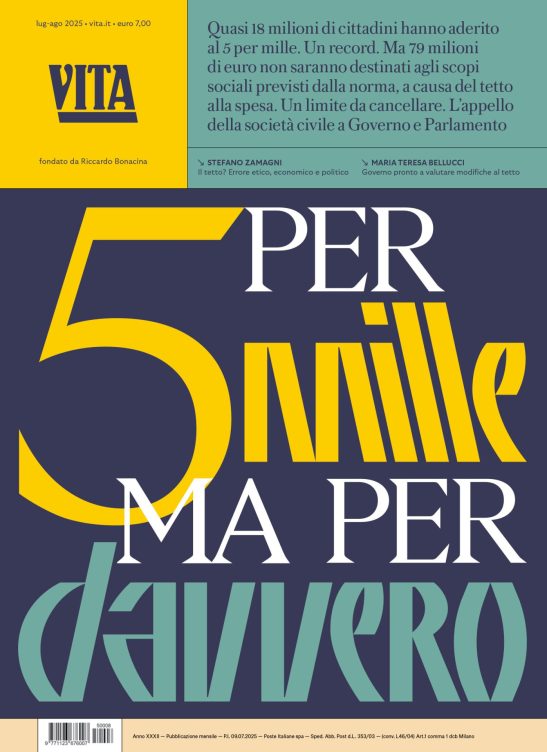Non profit
Eurostat poverty report
A Eurostat report reveals that 81 million Europeans live in poverty and risk social exclusion
di Staff

As the European year for combating poverty and social exclusion draws to a close, Eurostat has published a report called Income and Living Conditions in Europe which reveals that 81 million people living in Europe’s 27 member states are at risk of poverty. The report, which was released on the eve of the closing conference of the European Year being held in Brussels on December 16 – 17, also reveals that one in four Europeans were touched by social exclusion in 2008.
One of the key targets of the Europe 2020 strategy is to lift at least 20 million Europeans out of poverty, a fact that is highlighted by President Barroso in the forward to the report: “This publication is an integral part of the political agenda to reduce the number of people at risk of poverty and excluded from full participation in work and society”.
Highlights of the report
Progress towards the 20 million target is measured by using a combination of three indicators: persons at- risk-of poverty, severely materially deprived persons and persons living in households with very low work intensity.
Low income: The incomes of 81 million people, that is to say 17 per cent of the population, were below their national at-risk-of-poverty threshold. The countries with the highest at risk-of-poverty rates were Latvia (26 per cent), Romania (23 per cent) and Bulgaria (21 per cent); those with the lowest were the Czech Republic (9 per cent), the Netherlands and Slovakia (both 11 per cent).
Material deprivation: The living conditions of 42 million people were seriously constrained by not being able to afford to pay their bills, keep their home adequately warm, own a car or a telephone. The shares of those materially deprived varied significantly among member states, with the highest in Bulgaria (41 per cent) and Romania (33 per cent), and the lowest in Luxembourg, Sweden, the Netherlands, Denmark and Spain (all less than 3 per cent).
Employment: 34 million people lived in households where the adults worked less than 20 per cent of their total work potential during the past year. Ireland (14 per cent), Hungary, Belgium and Germany (all 12 per cent) had the largest proportions of those living in low work intensity households, and Cyprus (4 per cent), Luxembourg, Latvia, Lithuania, Slovakia, Estonia and Sweden (all 5 per cent) the lowest.
In 2008, 116 million people in Europe, a quarter of the population, were touched by at least one of these three forms of social exclusion. 7 million people fell under all three criteria. The highest proportions were observed in Bulgaria (4 per cent) and Hungary (3 per cent), and the lowest in Luxembourg, Sweden, Denmark, Spain and the Netherlands (all 0.5 per cent or less).
Nessuno ti regala niente, noi sì
Hai letto questo articolo liberamente, senza essere bloccato dopo le prime righe. Ti è piaciuto? L’hai trovato interessante e utile? Gli articoli online di VITA sono in larga parte accessibili gratuitamente. Ci teniamo sia così per sempre, perché l’informazione è un diritto di tutti. E possiamo farlo grazie al supporto di chi si abbona.
